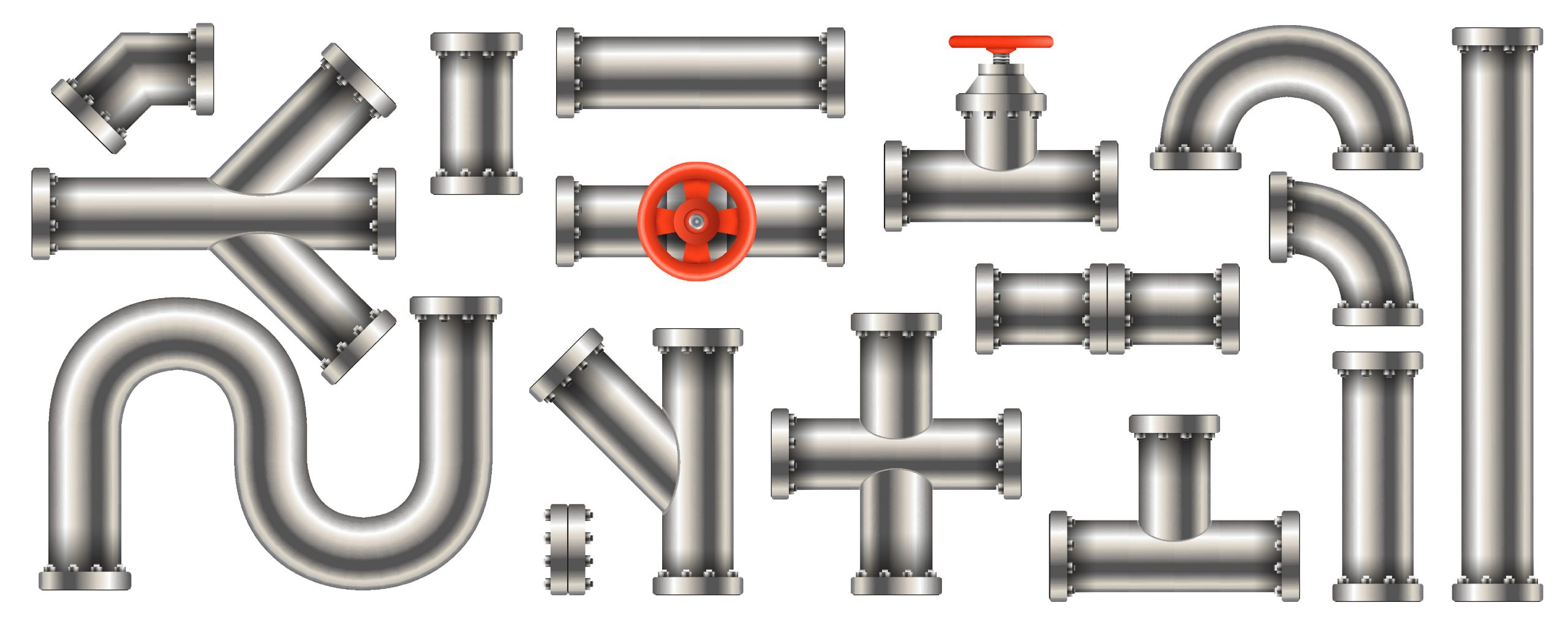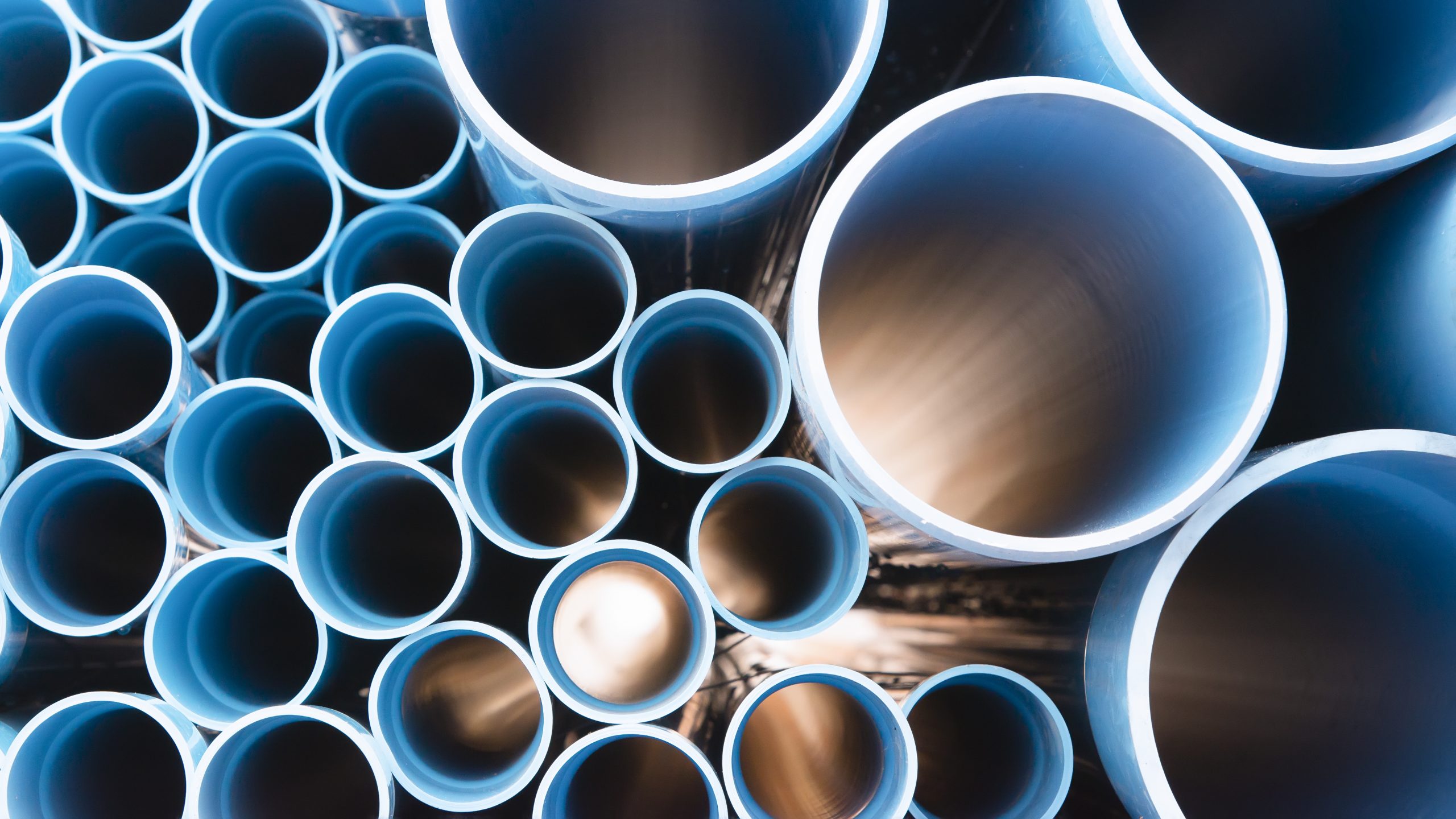If your career path doesn’t just happen to be the plumbing industry, you would probably find yourself with your hands full when it comes time to try and make a repair on your own. Plumbing can be far more complicated than it looks, and you can easily find yourself in a messy situation if you’re not careful.

When it comes to doing plumbing work, there’s the right way to do something, and then there are alternatives. The alternatives are generally a no go. Especially as a novice, you’ll want to stick with what works and not try to circumvent these accepted practices in any way whatsoever – the last thing you want is to end up fixing something twice.
The biggest thing you can possibly mess up – and the most critical part to get right – is connecting the pipes and fittings properly. You do this improperly, and you could end up with a massive leak and lots of water everywhere. Just take the time to get a little advice and do a bit of research if you plan on doing this on your own.
How to Properly Connect Pipes and NOT Make Another Mess
One of the first things to take note of when doing your repair is to ensure you seek out high-quality replacement parts. Plumbing isn’t something you want to be needing to do over multiple times, so it’s important to do high-quality work with high-quality pieces.
Your local hardware store should be able to advise you on what to purchase, and you should look into several different options on your own. A well-known brand like LESSO or others on the market should serve you well, and a quick search of where to find the best LESSO pipe fittings should suffice for locating the ones for you. Check out some of the benefits of these kinds of pipes here: https://www.youtube.com/watch?v=xSYG2AFP_fM
Once you’ve got the shopping out of the way, you’ll be ready to actually do the job.
Here Are Some Tools You May Find Useful in Assisting You
Plumbing tools can come in a variety of shapes and forms. They can come in the form of different sized tools, including a pipe wrench the size of a golf ball, and an auger. These tools are made specifically for the task at hand.
Other very important tools that you may need to have on your plumbing tool belt is an assortment of clamps and stoppers. Clamps and stoppers can be used for both repairing and installing your plumbing system.
As you would see in a professional plumber’s toolbox, there will be many different types of clamps and stoppers that you can use on the pipe you are fixing. Clamps and stoppers can be made from different materials and it is important to choose the type that is appropriate for the pipe that you are working on.
There are many plumbers’ tools that you can, and should, add to your tool kit. These tools include the pipe wrench, plumbers’ tape, plunger, snake, and a hook. These tools will be very useful when you have to cut or unscrew parts of the pipe. Plumbers tape will hold the pipe together while the plunger will help to make the pipe unclog your drains and drain holes. A PEX crimper tool is a good plumbing tool for working in tight spaces or cutting and using PEX tubes
When using pliers, make sure that the pliers that you have been certified by the American Society of Plumbing Engineers (ASPE). The ASPE has specific standards that need to be met to ensure that the pliers are functioning properly.

Other different tools that are needed for plumbing repairs include caulk, a rubber mallet, and the pipe cutting device. You will need to use these tools to repair small leaks that can occur due to a leaky pipe. You can also use the pipe cutting device to repair larger holes.
Making the Final Fix
Now, depending on your specific problem at hand and what pipes you’re dealing with, there will be certain adjustments specific to that problem to be made that can only be assessed upon the situation arising.
Despite this, the universal piece of advice that should be given to anyone doing plumbing work that involves connecting pipes and fittings is to not tighten your pipes too much. Your intuition may tell you this will ensure a good seal, and yeah, it might, but over time this tightness can create pressure on the pipe and result in cracks or warping.
Tighten it a couple of turns to suffice, make sure there are no leaks, and leave it alone. The best plumbing system is one that you don’t have to touch. Keep in mind though, these should be checked periodically as your home continues to age, especially the repaired portions of your system.
Interesting Related Article: “5 Common Mistakes When Choosing a Contractor“

